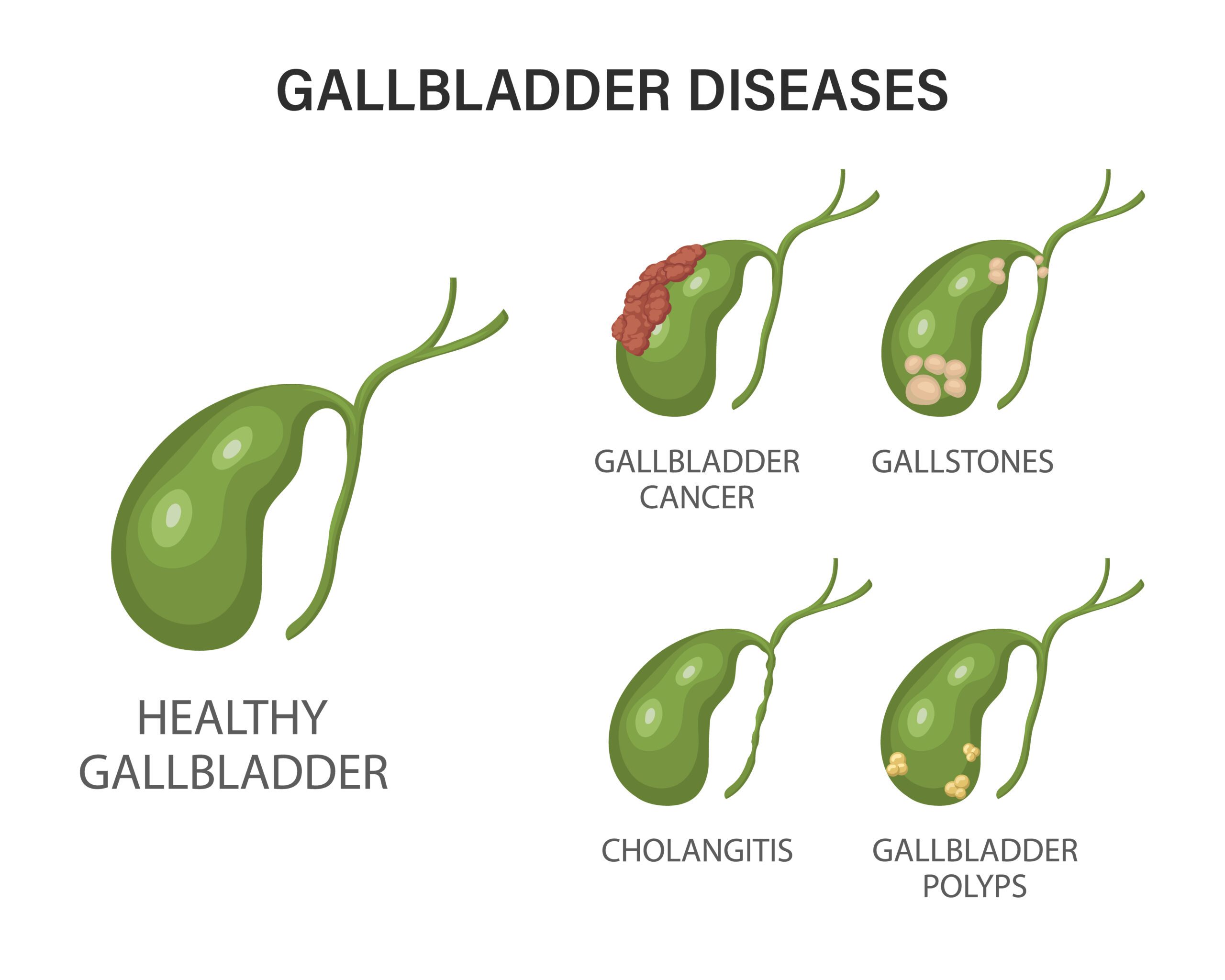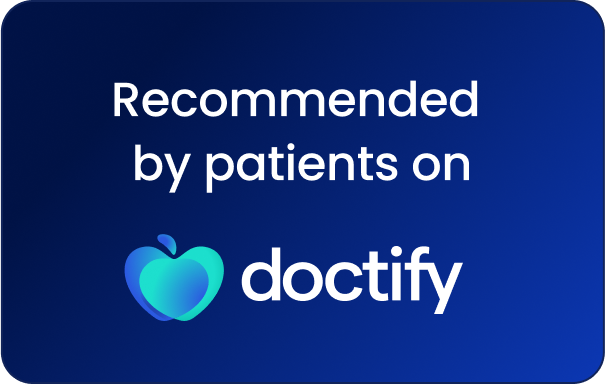Gallbladder disease can cause significant discomfort and disrupt daily life. The gallbladder is a small organ located under your liver that stores bile, which helps digest fats. When something goes wrong with this organ, it can lead to a range of health problems, including inflammation, infections, and gallstones. Understanding what can cause these issues and recognising the signs early can make a big difference in the effectiveness of treatment and recovery.
Various factors can increase the risk of developing gallbladder disease. These include being overweight, eating a diet high in fat and cholesterol, and having a family history of gallbladder problems. Certain medical conditions, such as diabetes and liver disease, can also contribute to gallbladder issues. Awareness of these risks allows you to take preventative measures and seek medical advice when necessary.
Early detection is key to managing gallbladder disease effectively. If caught early, many gallbladder problems can be treated with less invasive methods. Conversely, if left untreated, these issues can escalate, leading to severe pain and complications that might require surgery. By being informed about the risks and symptoms of gallbladder disease, you can take proactive steps towards maintaining your health and well-being.
What Is Gallbladder Disease? Causes and Risk Factors
Gallbladder disease encompasses a variety of conditions that affect the gallbladder, such as cholecystitis (inflammation), gallstones, and biliary colic (pain caused by gallstones blocking bile ducts). One of the most common issues is the formation of gallstones, which are hard particles made from bile components. These stones can block the bile ducts, leading to inflammation and severe pain.
Several factors can increase your risk of developing gallbladder disease. Being overweight or obese is a significant risk factor as this can cause high cholesterol levels, leading to gallstone formation. A diet high in fat and cholesterol, and low in fibre, can also contribute to problems. Age and gender play a role too, as women, especially those over 40, are more likely to develop gallbladder issues. Hormonal changes, such as those during pregnancy or from hormone replacement therapy, can impact gallbladder health as well. Additionally, having a family history of gallbladder disease or certain medical conditions like diabetes increases the likelihood of experiencing gallbladder problems. Recognising these risk factors allows for better prevention and early intervention.
Recognising the Symptoms of Gallbladder Disease
Identifying the symptoms of gallbladder disease early can lead to quicker diagnosis and treatment. One of the most common symptoms is pain in the upper right side of the abdomen, often triggered by eating fatty meals. This pain can be sharp and sudden, lasting from minutes to several hours. It can also radiate to the right shoulder or back.
In addition to pain, other symptoms include nausea and vomiting, which often accompany a gallbladder attack. Some people experience bloating, indigestion, and gas after meals. More severe symptoms might indicate complications, such as a fever, chills, and jaundice—which causes yellowing of the skin and eyes due to bile duct blockage. If you notice dark urine or clay-coloured stools, these could also signal gallbladder issues. Recognising these symptoms allows you to seek medical attention promptly, which is crucial for effective treatment and preventing further complications.
Diagnosing Gallbladder Disease: Tests and Procedures
When you suspect gallbladder disease, your doctor will recommend several tests and procedures to confirm the diagnosis. A common first step is a physical examination, during which the doctor will check for tenderness in your abdomen. They may also inquire about your family history and symptoms.
One of the most reliable tests is an ultrasound. This imaging test uses sound waves to create pictures of your gallbladder and bile ducts, helping to identify gallstones and signs of inflammation. Another useful test is a HIDA scan, which tracks the flow of bile from your liver into your small intestine. This can show any blockages in the bile ducts. Blood tests might also be conducted to check for signs of infection or inflammation. In some cases, a CT scan or MRI may be used to provide more detailed images. Understanding these diagnostic procedures can prepare you for what to expect and ensure early detection and treatment.
Treatment Options for Gallbladder Disease: Finding Relief and Recovery
There are various treatment options available for managing gallbladder disease, depending on the severity and type of the condition. For mild cases, lifestyle changes and medication might suffice. Eating a low-fat diet, losing weight gradually, and avoiding heavy meals can alleviate symptoms. Pain relief medications and bile acid pills may be prescribed to manage discomfort and dissolve small gallstones.
When gallstones or other severe issues are present, surgery might be necessary. The most common procedure is a cholecystectomy, which involves removing the gallbladder. This can be done using a minimally invasive technique called laparoscopic surgery, which involves small incisions and a quicker recovery time. In more complicated cases, open surgery might be required. Post-surgery, most people can lead healthy lives without their gallbladder, as bile will flow directly from the liver to the small intestine. By knowing the available treatment options, you can discuss the best course of action with your doctor and take steps toward recovery.
Conclusion
Gallbladder disease can significantly impact your quality of life, but understanding the risks, symptoms, diagnostic procedures, and treatment options puts you in a stronger position to manage this condition. Early detection and appropriate treatment can help prevent complications and lead to better health outcomes.
If you notice symptoms of gallbladder disease, don’t wait to seek medical advice. The sooner you address the issue, the better your chances for a full recovery. For expert care and comprehensive treatment options, consider consulting Precision Upper GI Surgery. Our gastrointestinal surgeon in Sydney, NSW, is dedicated to helping you achieve optimal digestive health. Schedule your appointment today to take the first step towards relief and recovery.



